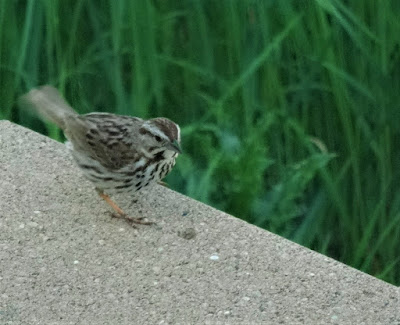Ox-eye Daisy Leuceanthemum vulgare is a perennial herbaceous species with a creeping root system.
This daisy is not native to Minnesota, but imported as an pretty ornamental flower.
It turned out to be an aggressive invasive species. Once established, it can spread rapidly by means of roots and seeds, and block sunshine for other native wildflowers.











